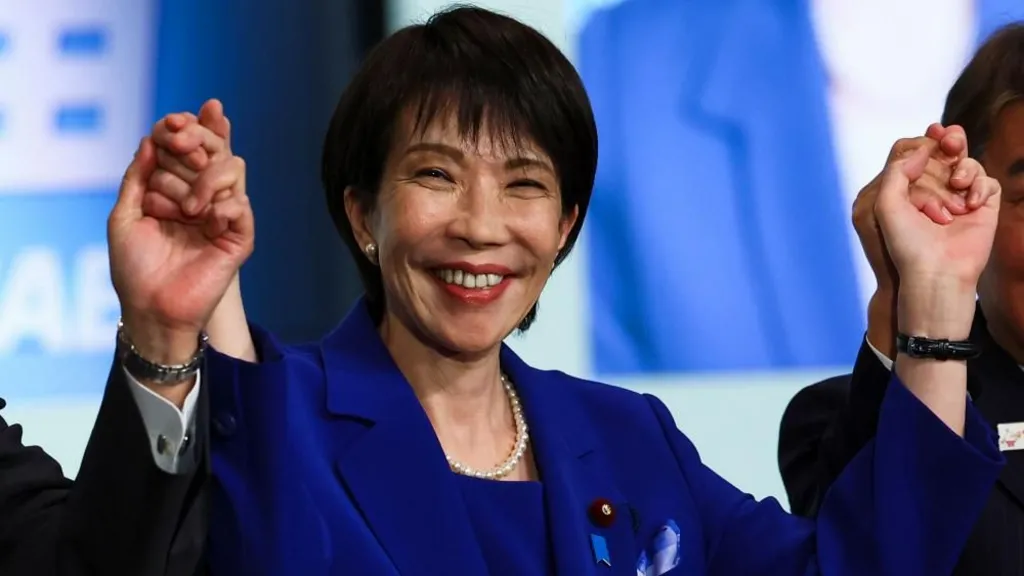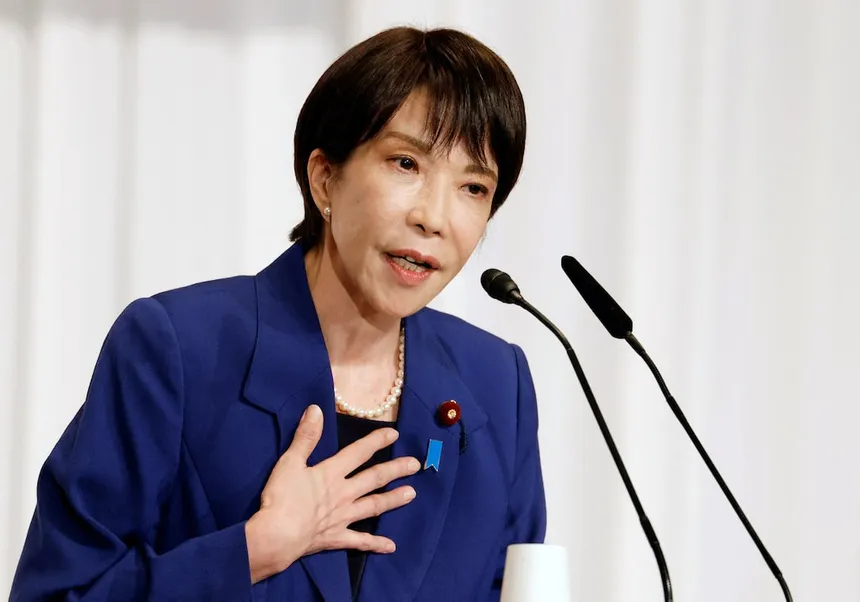
Sanae Takaichi (64) has been elected leader of Japan’s Liberal Democratic Party (LDP) and is now widely expected to become Japan’s first female prime minister. Her victory comes amid an electoral crisis for the LDP and surging inflation putting pressure on households. Markets view her policy leanings as pro-stimulus, potentially delaying a planned rate hike by the Bank of Japan
Key Points
- Takaichi defeated Shinjiro Koizumi in the second round of the LDP leadership contest. A parliamentary vote to confirm the next prime minister is set for mid-October, and given the ruling coalition’s majority in the Lower House, she is the favored candidate.
- This win breaks a significant barrier: Japan has long lagged behind G7 peers in female political representation. But analysts caution that the symbolic breakthrough does not guarantee swift advances in gender equality.
- From a market perspective: Japanese equities are likely to be boosted by expectations of stimulus, while bond yields and the yen could come under pressure. The forecast for a BOJ rate hike this month has dimmed.
How Did Takaichi Win?
The leadership race was held in two rounds. In the runoff, she secured a majority over Koizumi to become LDP president. According to NHK (cited by TIME), she garnered 185 out of 341 votes.
Her victory ends a volatile period for the LDP, marked by scandals and electoral losses that forced the previous prime minister’s departure.
Who Is Sanae Takaichi?
Takaichi is a conservative politician and a close ally of the late Shinzo Abe. She has previously held the roles of Minister of Internal Affairs and Minister of Economic Security.

She is often described as ideologically rigid and has expressed admiration for Margaret Thatcher’s style of leadership. On social issues, she tends toward traditionalist views, and her future commitment to gender equity will be closely watched.
Why This Matters and What Challenges She Faces
Her election is historically significant, given Japan’s notoriously low female representation in politics. Still, Japan ranks poorly in the Global Gender Gap Report 2025 especially in “political empowerment” suggesting that symbolic change does not immediately translate into structural reforms.
Mud Volcanoes in Azerbaijan: A Unique Natural Phenomenon Known Worldwide
Takaichi inherits a party in crisis: low public trust, rising costs of living, and growing competition from opposition forces. Her immediate tasks include restoring confidence while managing economic headwinds.
Economic Agenda & Signals to the Bank of Japan
Takaichi is broadly aligned with Abenomics-style policies: expansive fiscal spending, tax cuts, and targeted subsidies. That tilt, along with expectations of increased bond issuance, could weigh on Japan’s bond market and the yen.
In particular, her stance may complicate the BOJ’s ability to raise interest rates analysts expect she might delay tightening at the next meeting in October.
Foreign Policy & Regional Implications
Takaichi is expected to maintain a strong Japan–U.S. partnership, possibly take a more assertive position on Taiwan, and emphasize national security. Her visits to the Yasukuni Shrine and other nationalist symbolism may stir sensitivities in China and South Korea.
What’s Next?
- The formal vote in the Diet is projected around October 15. As the LDP coalition holds the most seats, Takaichi is heavily favored to succeed.
- Her first cabinet configuration in particular, how many women are appointed will serve as an early test of her commitment to reform.




